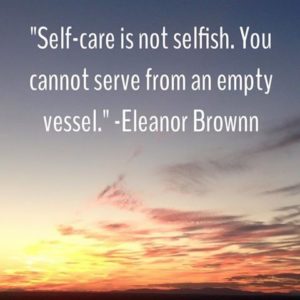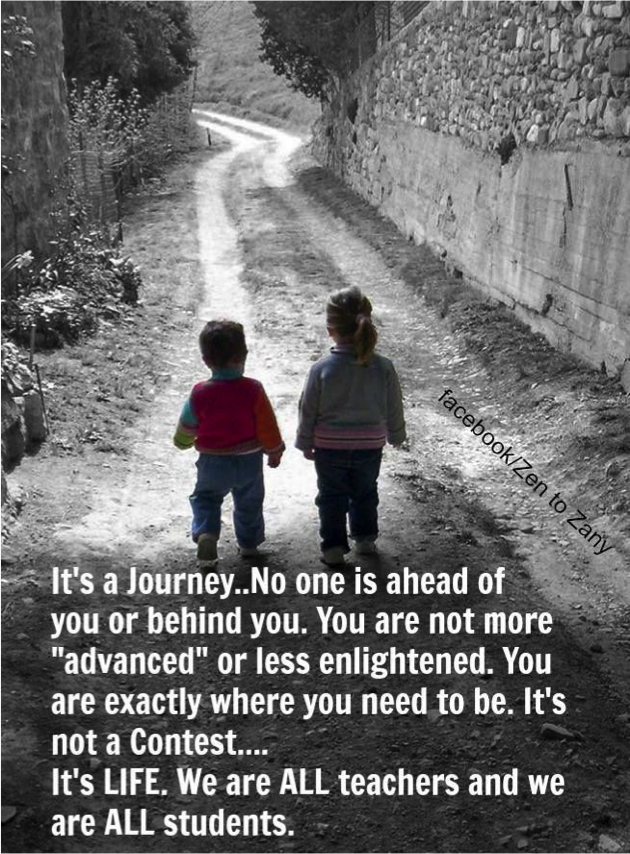I learned to use perfection as a way to survive life. Perfection is exhausting. Perfection is impossible. Perfection leads to denial, shock and disbelief. Perfection limits success. Perfection was how I was rewarded, noticed, and regarded. Perfection limited my ability to successfully navigate difficult situations. Using perfection to navigate difficult situations increased my stress level, reduced my self-worth and confidence, and interfered with relationships.
Ahhh, connection! Connection acknowledges our frailty, vulnerability, and humanness. When I allowed myself to connect during difficult situations, I gained strength, knowledge, and support. Connecting is scary. Connecting means I may be rejected. Connecting means I have limitations. Sometimes I didn’t know how to connect. I didn’t know what to say, how to act, or how to fulfill expectations. Connection meant I wasn’t alone. Connecting is healthy and helpful.
The dilemma of perfection and connection happens on a daily basis in Testing. It is easy to celebrate success. It is easy to praise perfection. It can be hard to connect through disappointments. Connecting in the imperfect moments builds strength. Connecting becomes difficult because we may be unsure of how to connect, the other person may reject attempts to connect, or we see our pain, fear, and insecurities in others.
Connecting, whether with ourselves or with another, is human. I feel successful when I have connected with at least one person. Connecting is easier when I build rapport, express empathy, and know my limits.
Rapport becomes crucial because it leads to trust, respect, and confidence. In Testing we must establish rapport quickly. This video describes strategies we use to connect with students. Students who are anxious, disappointed, elated, satisfied, and content.
https://www.youtube.com/watch?v=QqjpgH4Z-0Q
We compliment rapport with empathy. In most cases, we are not taking the tests. So we are not always feeling what the student feels. We can acknowledge, accept, and validate the student’s feeling(s). It is in these moments we connect through differences.
 I am human too. I have limits and needs. I connect better when I am energized, refreshed, and focused. Sometimes, difficult situations means I have to reflect. I need to understand the impact on me. Once I know the impact, I can take steps to recover, recharge, and rejuvenate. As a Testing team we are working on creating this space in our department. When the demand is high, it is easy to neglect ourselves and serve others. It is in these precise moments, when we need to take time for us.
I am human too. I have limits and needs. I connect better when I am energized, refreshed, and focused. Sometimes, difficult situations means I have to reflect. I need to understand the impact on me. Once I know the impact, I can take steps to recover, recharge, and rejuvenate. As a Testing team we are working on creating this space in our department. When the demand is high, it is easy to neglect ourselves and serve others. It is in these precise moments, when we need to take time for us.





